Role of Nanotechnology in Precision Medicine
Introduction
Nanotechnology is a multidisciplinary field that manipulates matter on an atomic, molecular, and supramolecular scale. This technology has been applied in various fields, including electronics, energy, materials science, and medicine. In the field of medicine, nanotechnology has shown great potential in the development of precision medicine. Precision medicine, also known as personalized medicine, is an approach that allows doctors to select treatments that are most likely to help patients based on a genetic understanding of their disease. This article explores the role of nanotechnology in precision medicine.
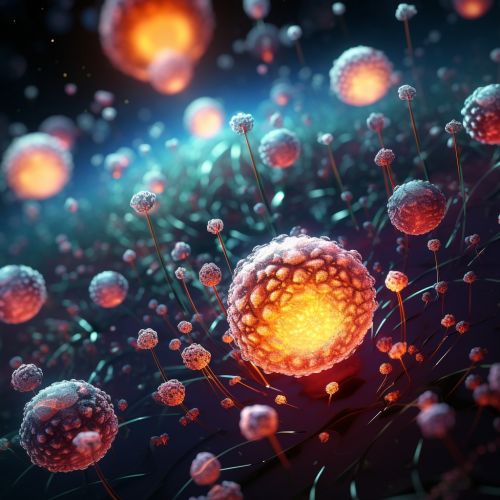

Nanotechnology and Precision Medicine
Precision medicine aims to tailor treatments to individual patients based on their genetic makeup, lifestyle, and environment. Nanotechnology plays a crucial role in this by providing tools for the detection, diagnosis, and treatment of diseases at a molecular level. The use of nanoparticles in precision medicine has been a significant breakthrough, enabling targeted drug delivery and improved imaging techniques.
Nanotechnology in Disease Detection and Diagnosis
Nanotechnology has revolutionized disease detection and diagnosis. Nanoscale devices can detect disease markers at very low concentrations, improving early detection. For instance, nanobiosensors can detect biomarkers of disease in non-invasive body fluids such as saliva and urine, making testing more comfortable for patients. Additionally, nanotechnology has improved imaging techniques, such as MRI, by providing more detailed and accurate images.
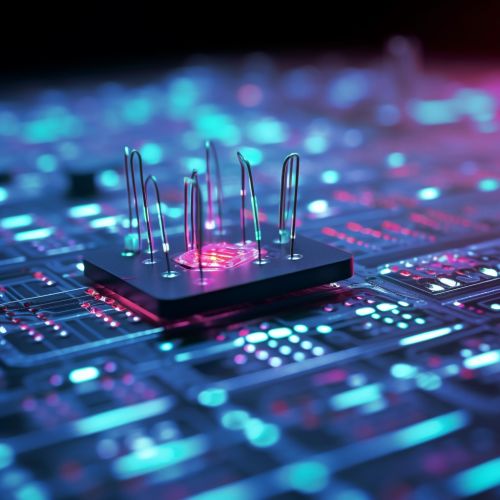
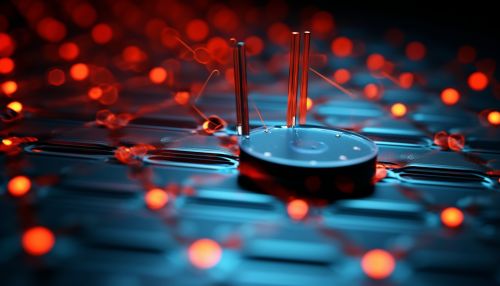
Nanotechnology in Drug Delivery
Nanotechnology has significantly improved drug delivery systems. Nanoparticles can be designed to target specific cells or tissues, reducing side effects and improving the efficacy of treatments. For instance, liposomes and polymeric micelles are used to deliver drugs directly to cancer cells, minimizing damage to healthy cells. Furthermore, nanotechnology allows for the controlled release of drugs, ensuring that the optimal dosage is delivered over a specific period.
Nanotechnology in Gene Therapy
Gene therapy is a technique that uses genes to treat or prevent disease. Nanotechnology has made significant contributions to gene therapy by providing safe and efficient methods for gene delivery. For example, viral vectors can be engineered at the nanoscale to deliver therapeutic genes to target cells. Additionally, non-viral vectors, such as lipid nanoparticles, have been developed to overcome the limitations of viral vectors.
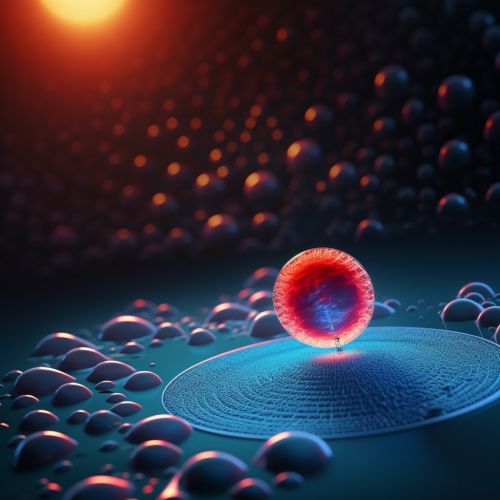
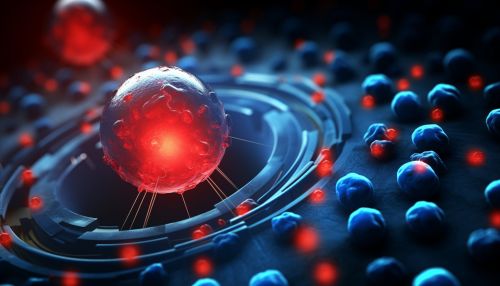
Challenges and Future Directions
Despite the significant advancements in nanotechnology and precision medicine, several challenges remain. These include the potential toxicity of nanoparticles, the stability of nanoscale devices in the body, and the high cost of nanomedicine. Future research should focus on addressing these challenges to fully realize the potential of nanotechnology in precision medicine. Moreover, ethical considerations related to the use of nanotechnology in medicine should be addressed.
